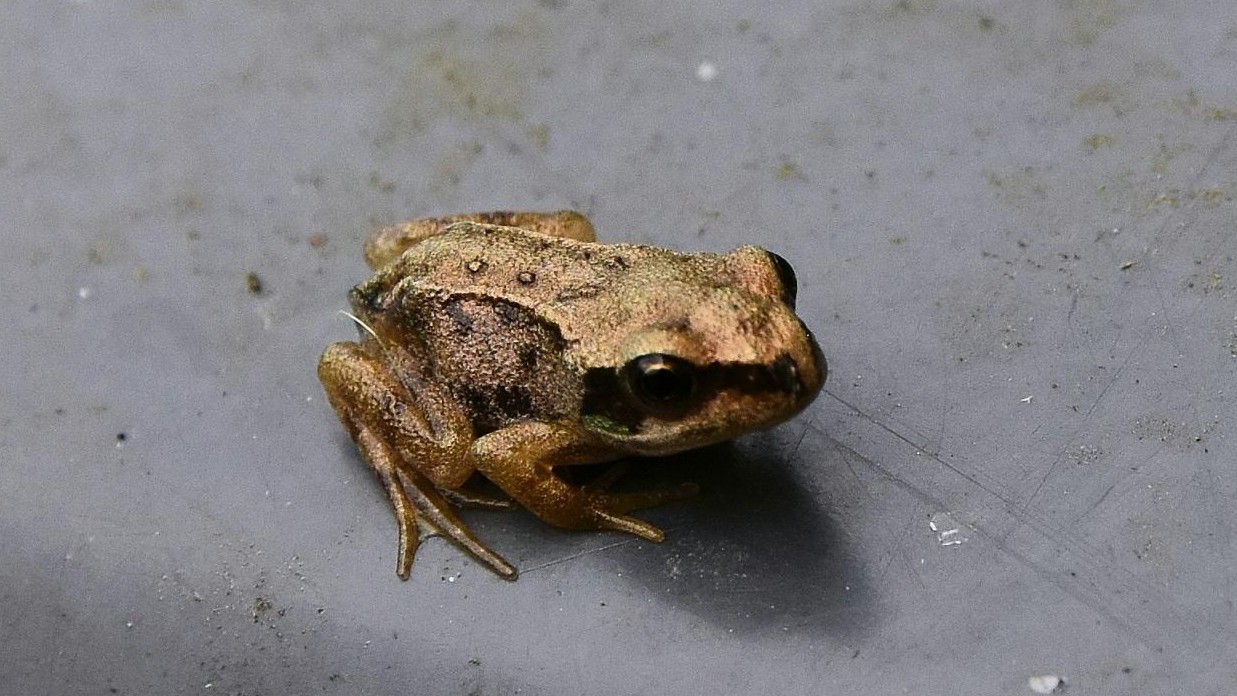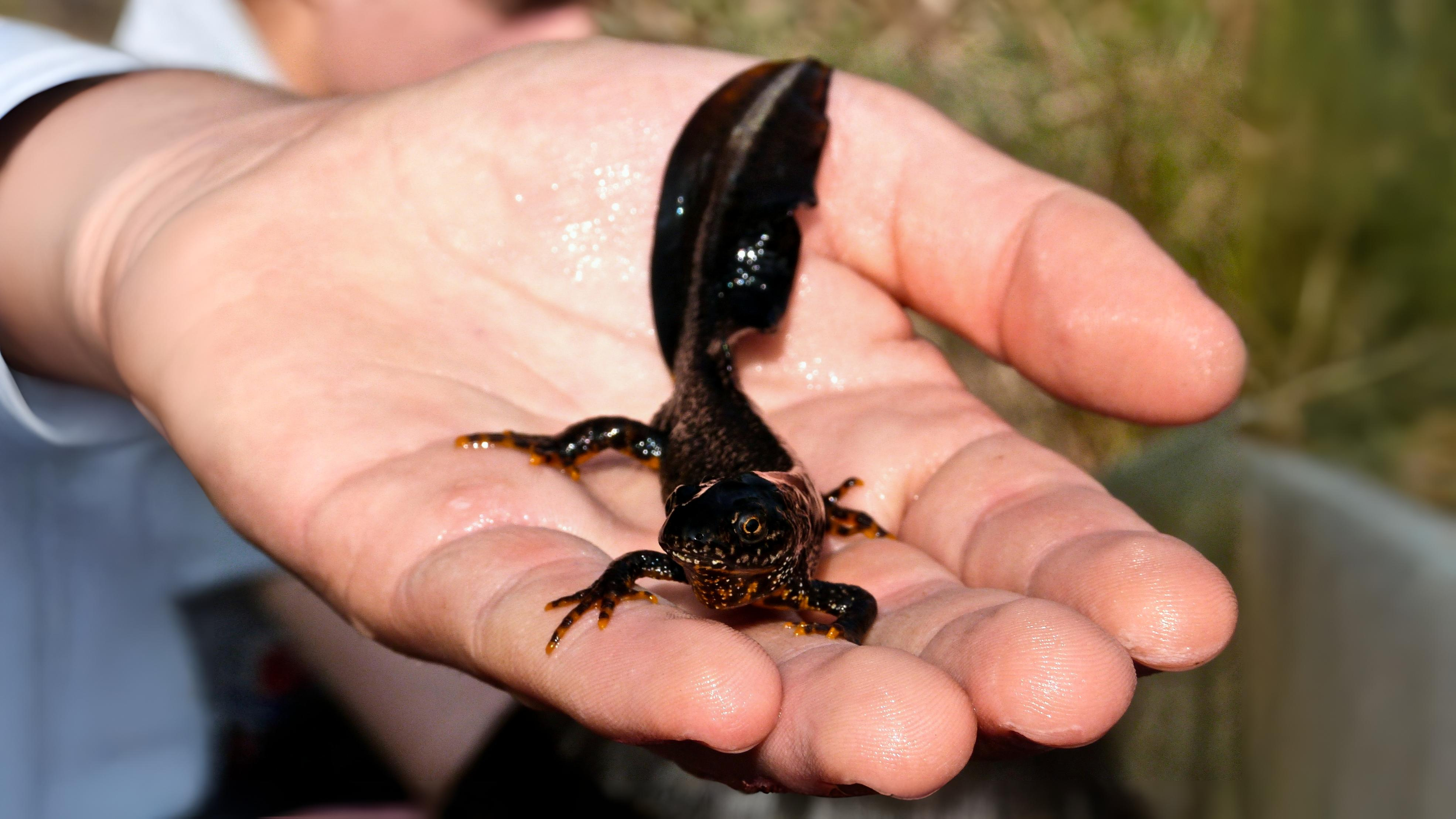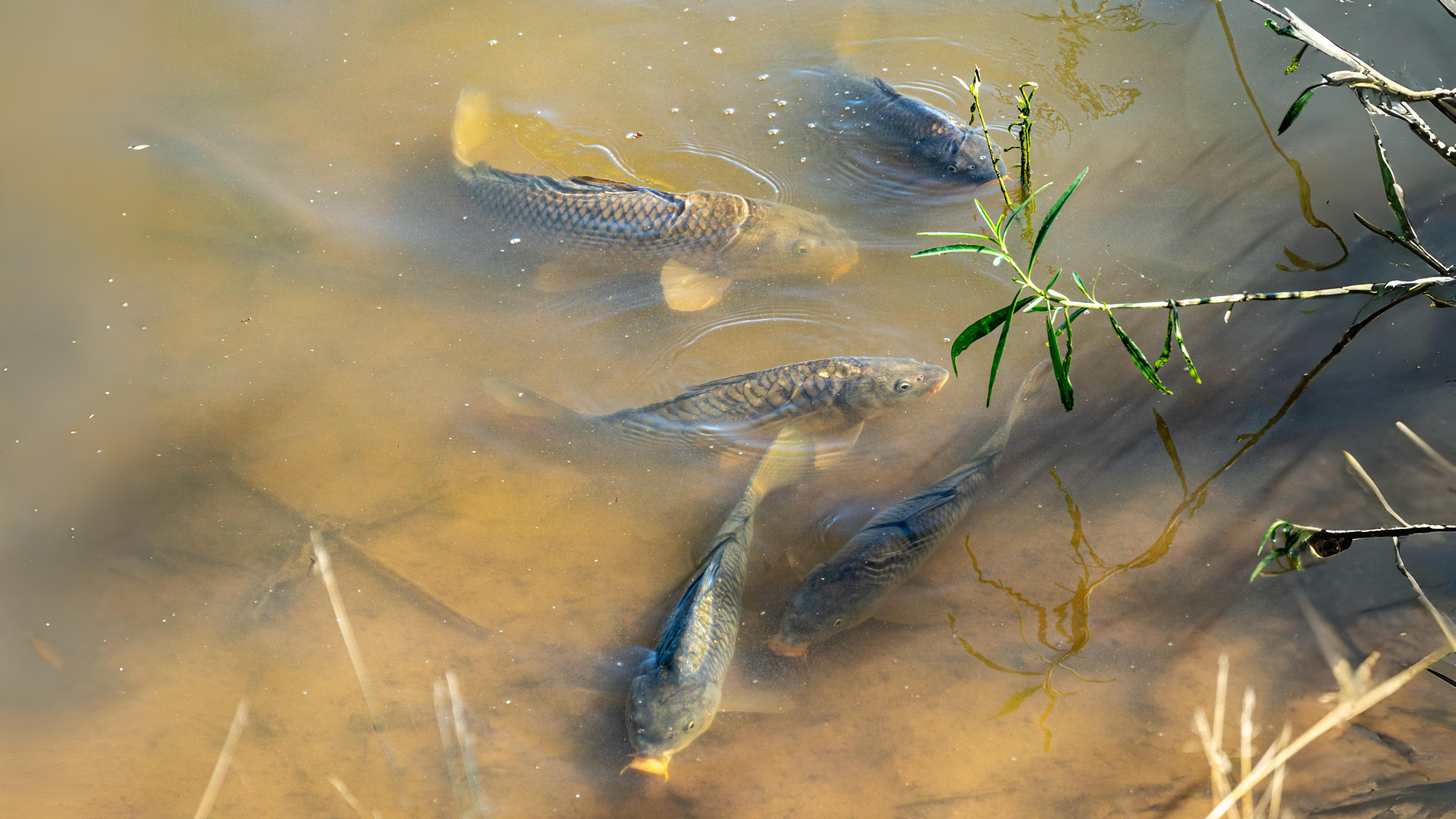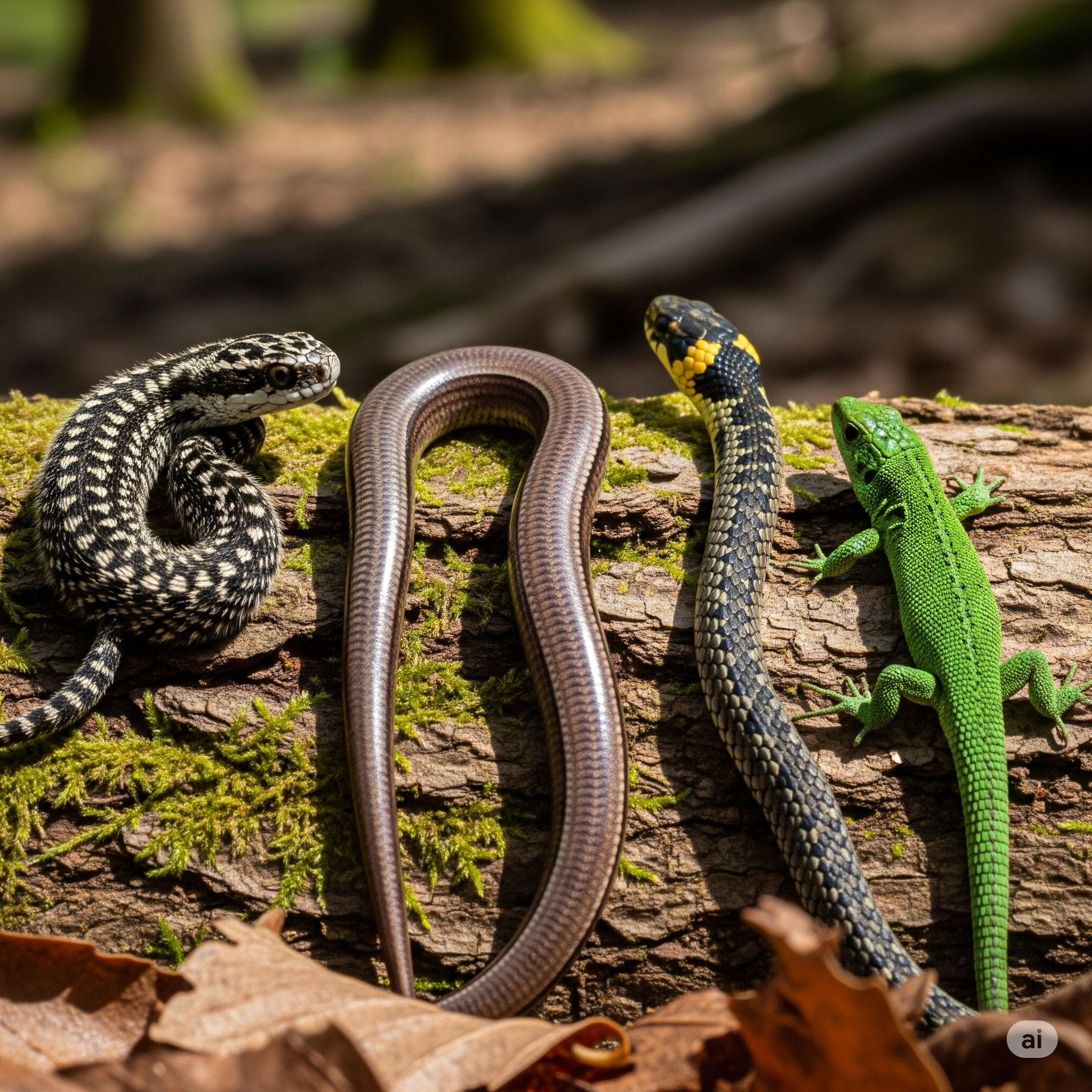
Return on August 31st to read the full article!
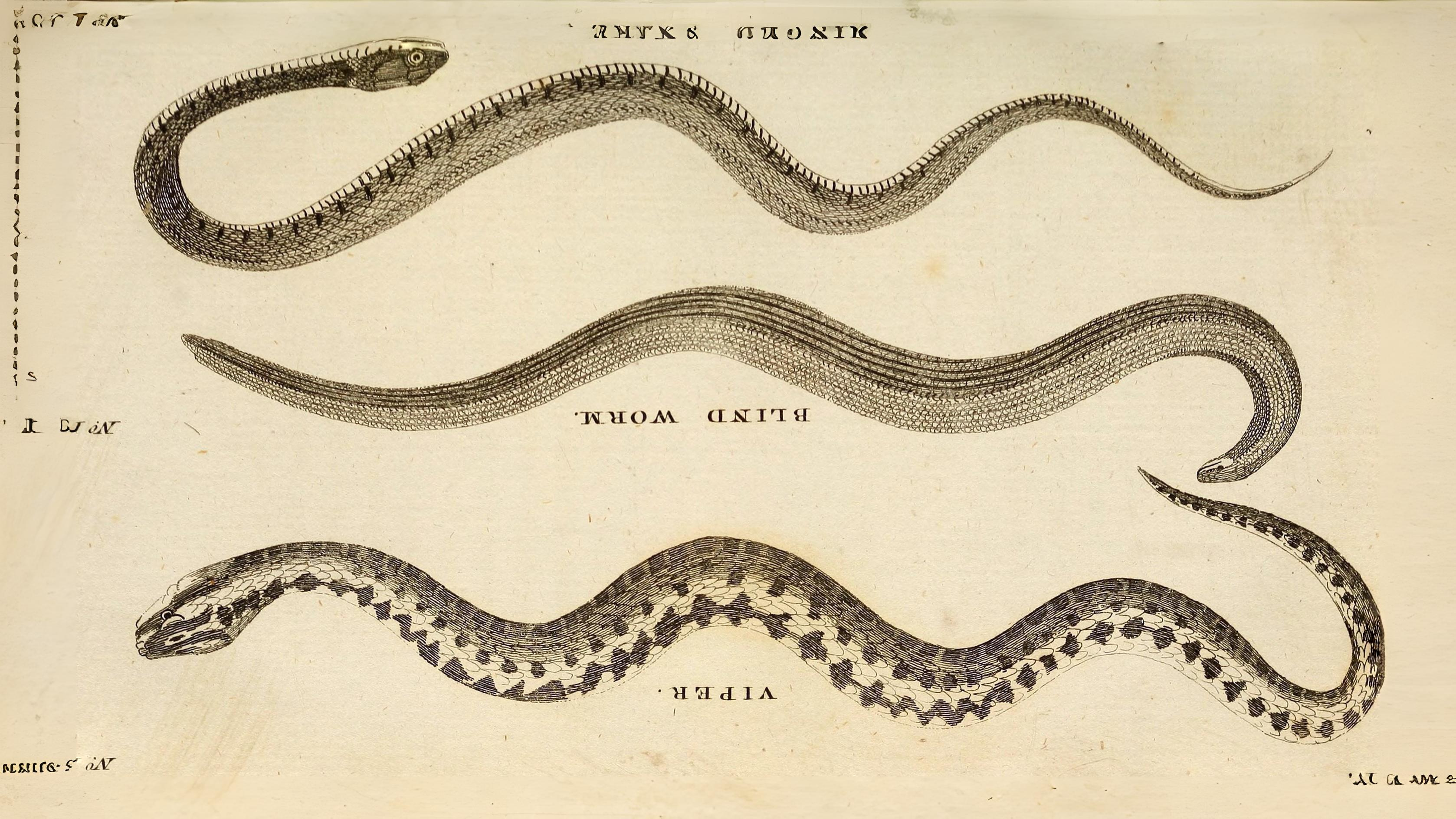

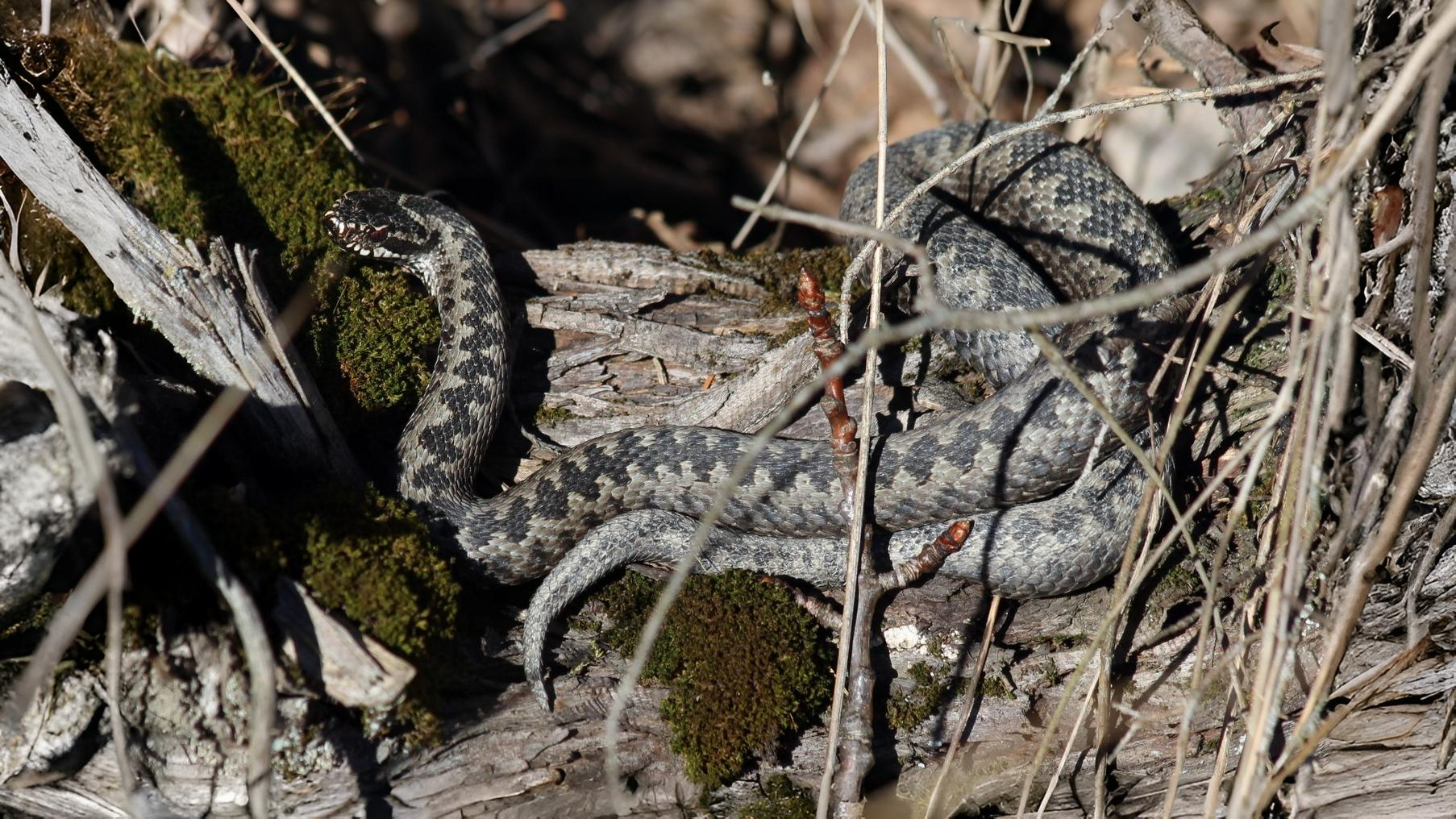

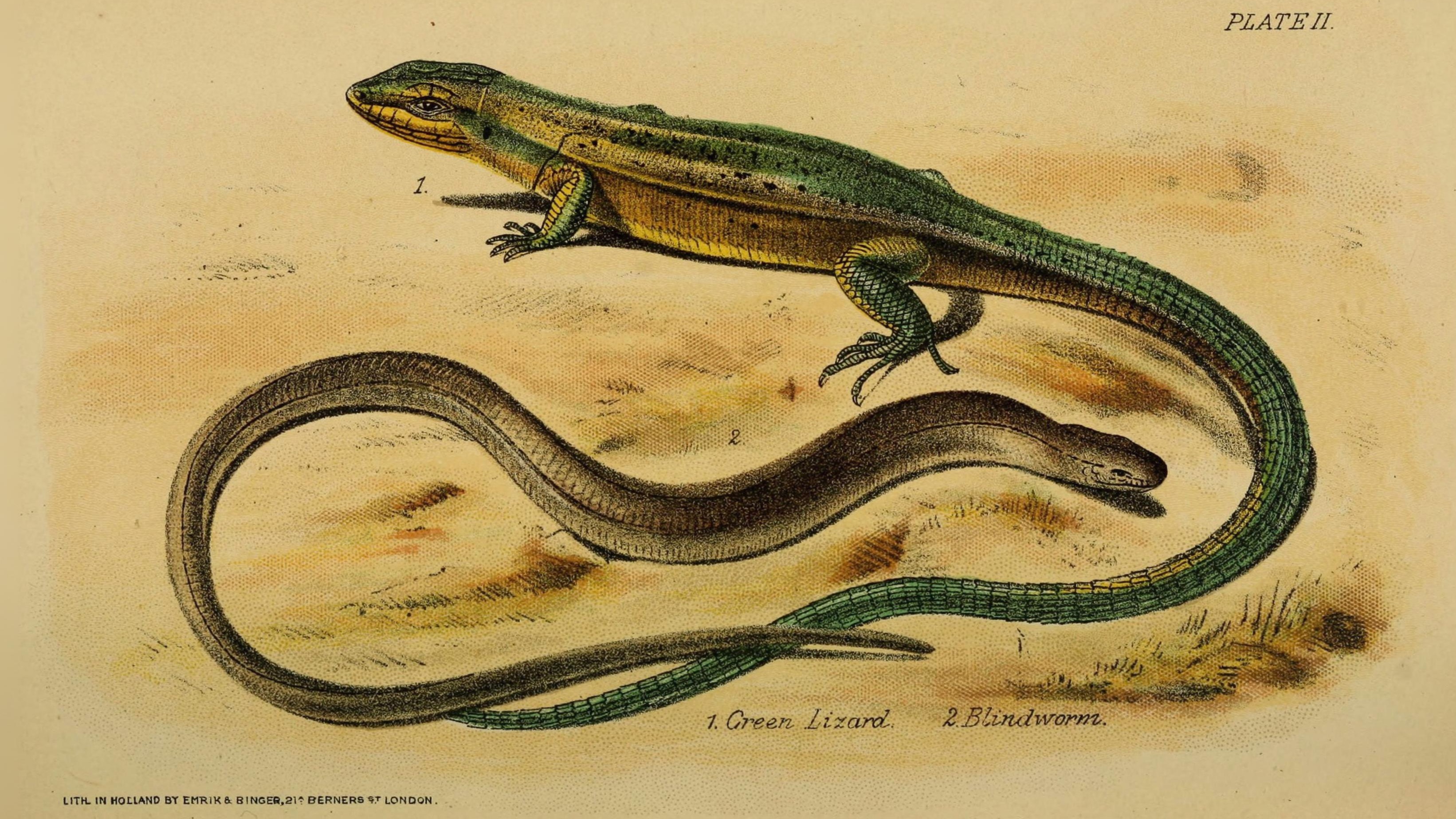

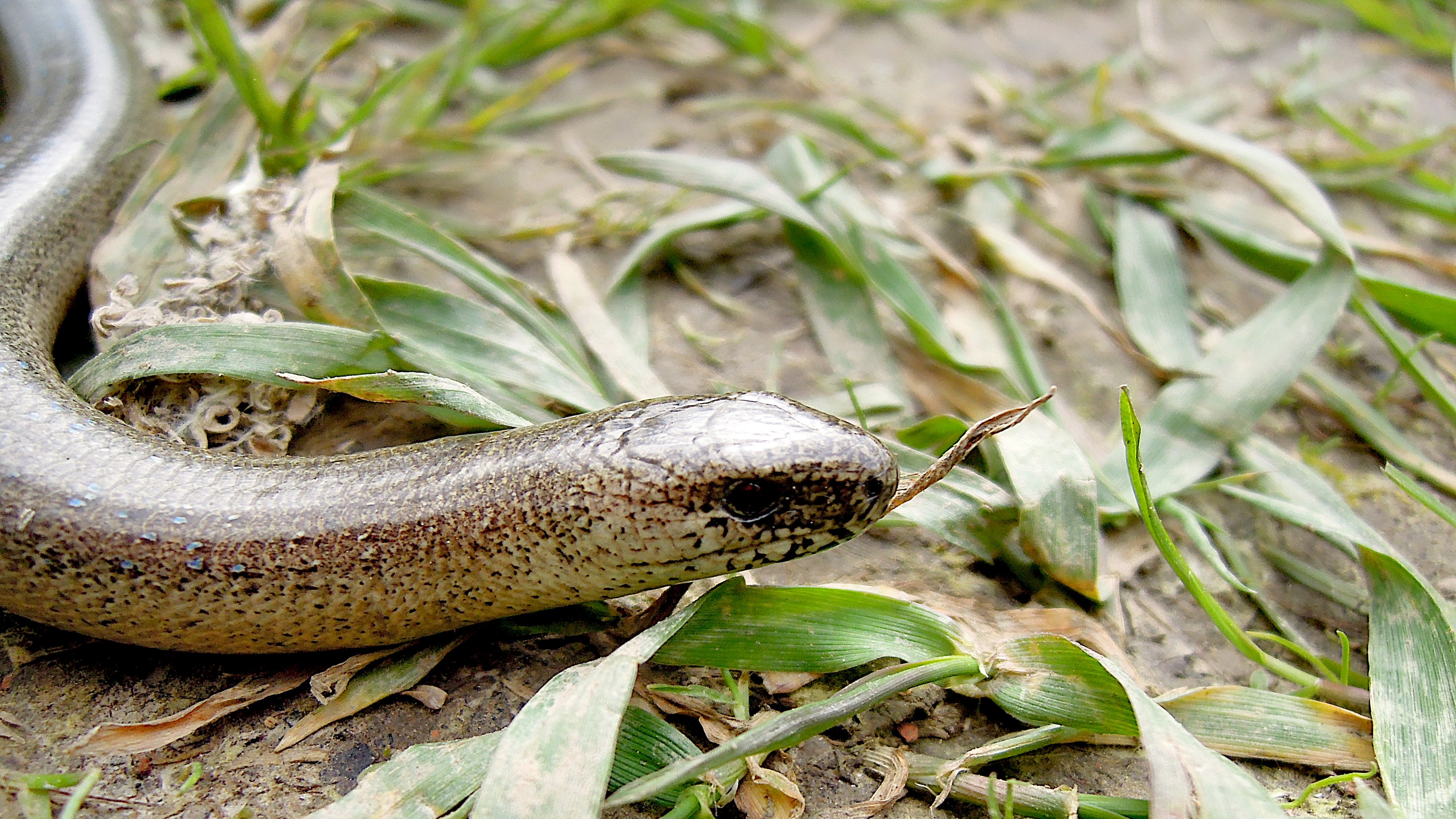



Young great crested newts are unlikely to be seen due to their rarity. Because of this, they are protected by law and it is illegal to even handle them without a licence or disturb in any way their breeding ponds. However, once the efts have left the water they have a habit of wandering into suburban gardens. Hence they are unwittingly disturbed when logs or stones are moved. When revealed they often roll over, showing their orange undersides and play dead, only to revive a few seconds later and run off. Their tadpoles, when seen in water, are instantly recognisable by their large size, long forelegs, long toes and black freckled fins.
